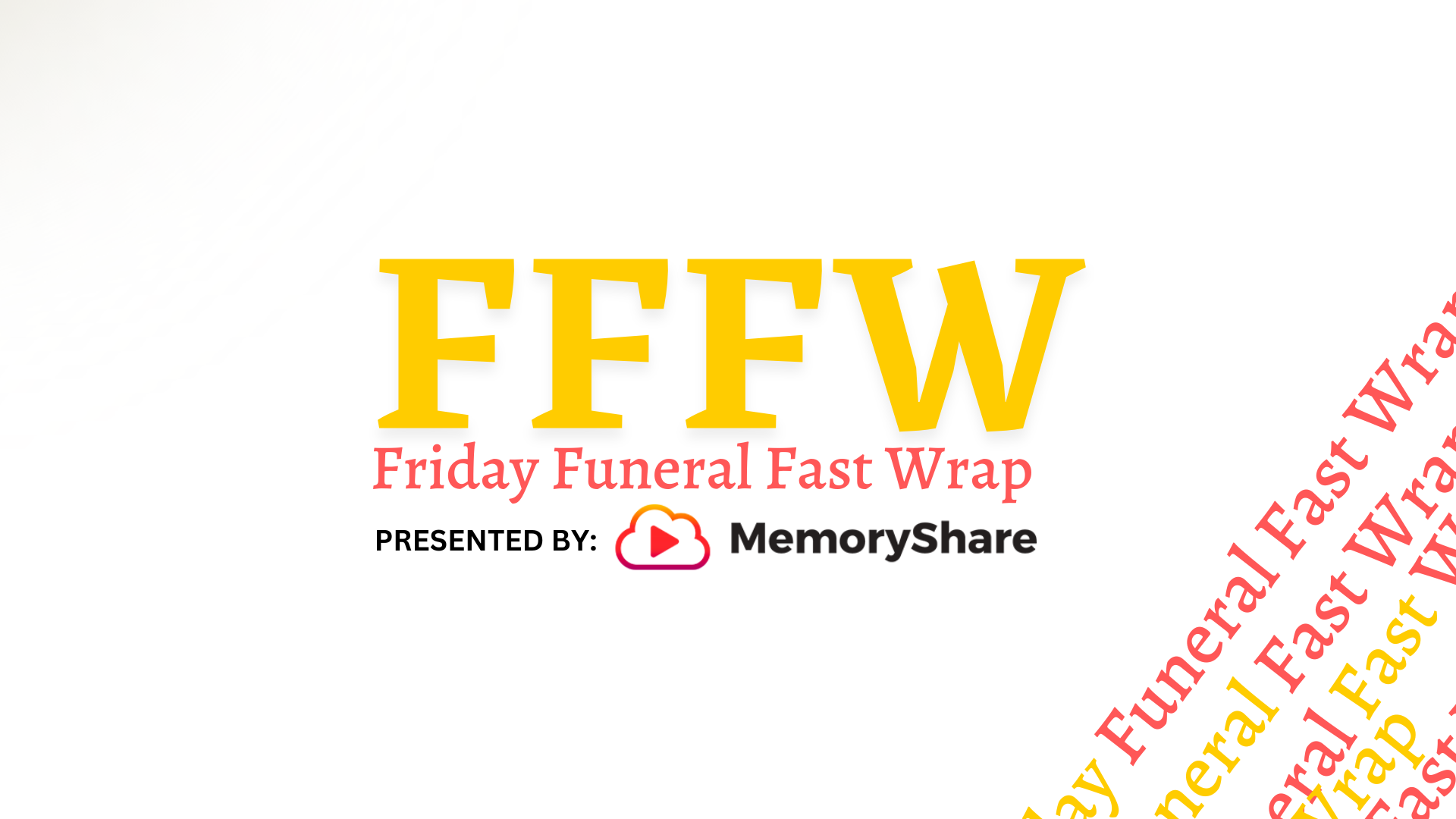Body Preparation Best Practices
All of us who are in funeral service and caring for the dead are well aware that they come to us in various conditions. We also know that it is our job to observe these various conditions and prepare them in a way that is suitable for whatever disposition they are going to have. The industry term for preparation without embalming is “minimal care” however, that does not mean our efforts should be minimal. If we consider the most thorough method of preparation embalming, we can use it as our benchmark. However, not everyone gets embalmed, but that doesn’t mean that any preparation we do should not meet the highest level of care that embalming provides.
An Ethical Approach
Those of you who are reading this are likely embalmers (or know embalmers), so you are well aware that embalmers feel very strongly about giving the correct treatment to the deceased in their care. However, what does that actually mean, and how does it apply to preparing someone who is not going to be embalmed?
Cleanliness
The first step of any thorough embalming is to bathe the person. Not only do we do this for safety reasons, but also to conduct case analysis (see the next section), and have a better understanding of what we are dealing with.
Embalmers are sometimes told by institutional care staff, death investigators, and even sometimes the family that the condition of the body is worse than it actually is, and a thorough bathing can actually create more of a peace of mind rather than reveal problems.
During this phase, all medical devices should be removed whether the person is going to be viewed by their family or no one other than the person placing them in the cremation container. We do this for safety in the crematory, because some implants can explode or melt, but also because used medical devices are trash and should be disposed of properly. A reasonable embalmer removes all of the medical devices they can from a person before presenting them, and if this is our ethical standard of care, then this should be done regardless. You wouldn’t expect a person to be buried with garbage, in fact the idea is repulsive.
Case analysis
One of the first things embalmers do when presented with a body is their case analysis. We observe the physical condition of the body in order to decide our strategy for fluid selection, feature setting, and dealing with any possible unknowns that may occur during the embalming such as swelling, purge, etc. . But, if we are not embalming, what can we do? In this case, we still observe any pathological or other medical treatment outcomes this person may have. Medical devices should be removed and dealt with, and lesions should be treated appropriately with surface preservation (if allowed), sutured, or wrapped in bandages to prevent leakage.
Bedside manner
By definition, embalming is always mutilation, which is one of the reasons we have to receive permission from the family before doing it. However, we embalmers bristle at this idea, because we are not in the business of mutilating people, we are preparing them for the most difficult event in a family’s life. We rectify this more negative perception by always minimizing the number of invasive procedures necessary, and we do so in a way that is careful and surgical.
Believe it or not, embalmers must have a bedside manner even though their patients have no idea how – or even that – they are being treated. We know how they are being treated. When we are preparing an individual who is not going to be embalmed, we always have to consider the technique we are using and recognize what is surgical and what is mutilation.
Further, perhaps one of the reasons a family is choosing not to have someone embalmed is because they do not recognize the care we put into it. Exceptional care of the deceased and proper bedside manner in any invasive procedure is not only ethical but respects the family’s wishes as well.
The Practical Approach
So now we have established three points on what to set our benchmark at when caring for an individual, but how do we apply this to a more practical manner? Presupposing compliance with all OSHA regulations and Universal and Standard Precautions, as well as observing the family’s wishes, providing minimal care does not mean compromising the quality of your care for their loved one.
To create a basis for our continued conversation on best practices of care, I have created an outline for you to consider. The outline described below is just that, an outline. This list is not meant to define limitations on best practices, but rather create marks on a spectrum.
Read on in CANA’s Cremation Logs to see the practical recommendations at goCANA.org/blog. Then, join embalmers and educators Damon de la Cruz, PhD and Ben Schmidt at CANA’s 101st Cremation Innovation Convention this summer in Louisville, Kentucky. They will discuss best practices for preparing a decedent for identification, short term viewing, and cremation. This session will include a discussion of safe handling procedures, the removal of medical devices, dressing, and cosmetizing deceased individuals. Ben and Damon will also differentiate between invasive and non-invasive procedures and the grey areas in between, sponsored by Ring Ring Marketing.
See everything CANA has planned for the 101st Convention, July 31-August 2, 2019 in Louisville, Kentucky at goCANA.org/CANA19.
Ben Schmidt is an instructor at Worsham College of Mortuary Science where he teaches Embalming Theory and Lab, Restorative Art Theory and Lab, Funeral Directing, and Funeral Service History. In addition to his duties there, he is the co-creator of MorTraqr, a web application for tracking embalming and funeral directing tasks. Furthermore, he is co-author of the textbook Creating Natural Form; Restorative Art Theory and Application. Follow the creation of the textbook, the further developments of Mortraqr, and the antics of his two year old son on Instagram @mortraqr.




